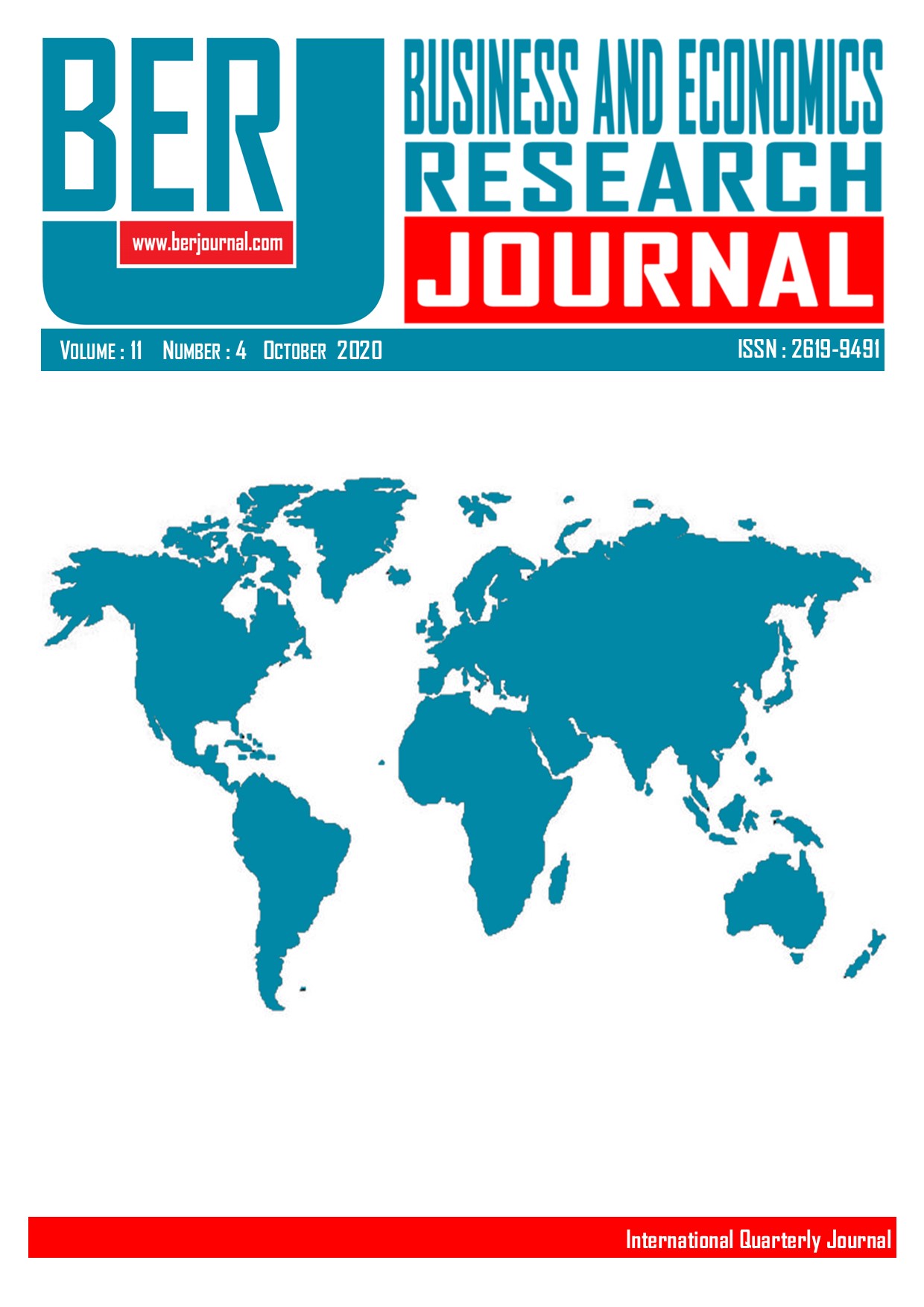Üçlü Sarmal Yaklaşımına Göre Türkiye’nin Yenilik Yaratma Kapasitesi
Innovation Generation Capacity of Turkey According to the Triple Helix Approach
Author(s): Nilcan Mert, Sibel CengizSubject(s): Economy
Published by: Adem Anbar
Keywords: Triple Helix Innovation Approach Model; Innovation; Bounds Test;
Summary/Abstract: The Triple Helix Innovation Approach Model, based on university-industry-government cooperation, was first proposed by Etzkowitz (1983) and was developed by Leydesdorff in 1995. Triple Helix Innovation Approach Model in the information age is based on the cooperation of universities, industry and government to develop innovation. For this reason, it focuses on the need for a compulsory and strong communication between the university, industry and government. This model is thought to be the key to improving conditions for innovation, where university-industry and government interaction. In this study, innovation capacities in Turkey's technology systems were examined in the framework of the Triple Helix Innovation Model. The Bounds test approach was used in the study, which used R&D expenditures, number of patents, government incentives and number of scientific articles covering the period 1991-2017. The results showed that there was a statistically significant and long-term positive relationship between high technology exports with number of patents, and negative relationship between R&D expenditures. In addition, a positive but statistically insignificant relationship was found between the number of government subsidies and scientific articles and high technology exports. The results of the error correction analysis showed that there is a short-run relationship between high technology exports and variables. Results indicate that the Triple Helix approach is invalid for Turkey in the analysis period.
Journal: Business and Economics Research Journal
- Issue Year: 11/2020
- Issue No: 4
- Page Range: 1001-1012
- Page Count: 12
- Language: Turkish

